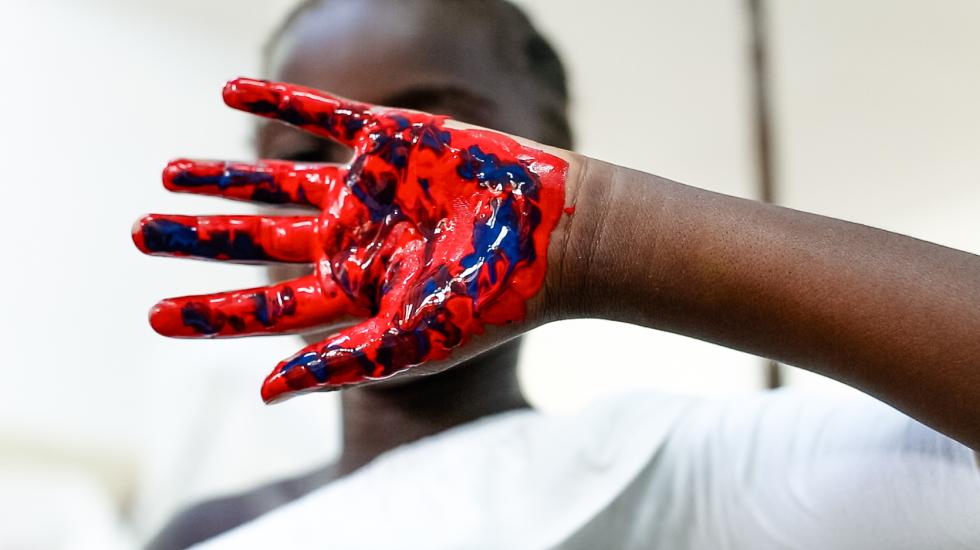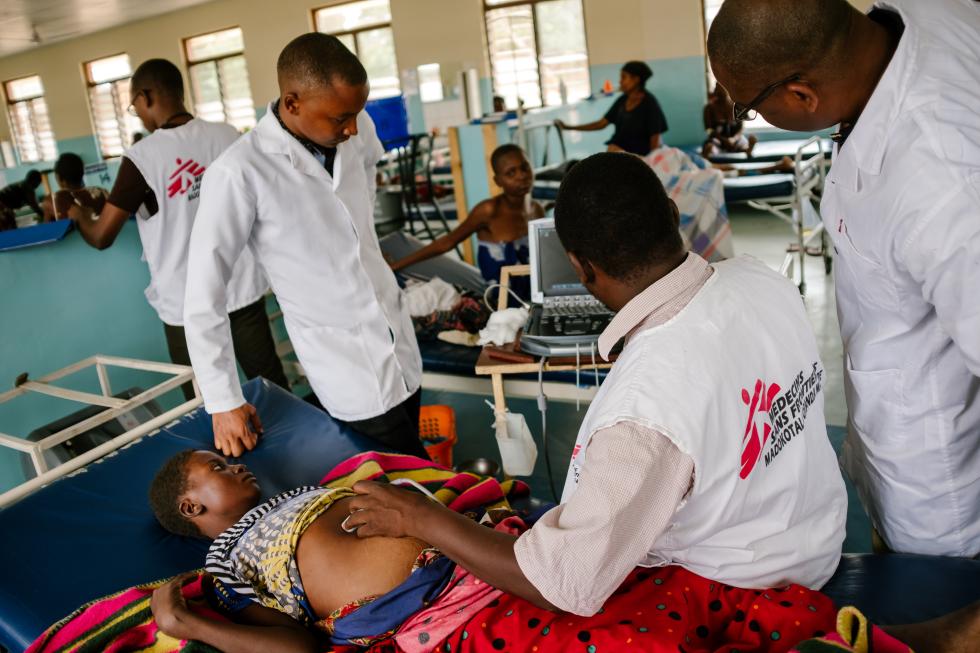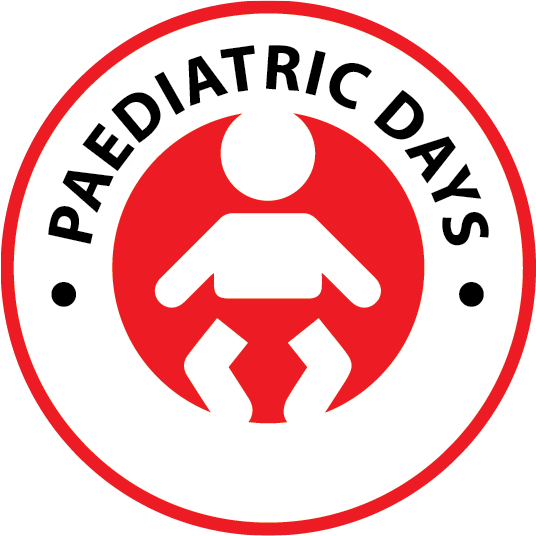LEFT BEHIND: CLOSING THE GAP ON PAEDIATRIC HIV CARE
Children living with HIV/AIDS are often left behind when it comes to access to treatment, with only 52% reached. Given this situation's grave nature, MSF has instituted a variety of practices to help alleviate the problem.

By the time you reach the end of this article, at least 1 child will have died from AIDS related causes. Current estimates put the number of children living with HIV at more than 2.5 million. Much more optimistically, new paediatric HIV infections have declined by 58% since 2010. This can largely be credited to increased PMTCT (Prevention of mother to child transmission) efforts. Despite this, there is a lot more to be done.
Dr. Charles Ssonko is a medical doctor with a background in tropical medicine and public health. He has over 20 years of experience working in HIV and TB programmes. He breaks down how HIV mother to child transmission occurs.
“HIV is transmitted to children primarily through mother-to child transmission (MTCT) or perinatal transmission. This occurs during various stages of birth process;
- During pregnancy: where HIV can pass from the mother living with the infection to her child into the womb.
- During childbirth: the virus can be passed to the baby through the transfer of blood or other fluids during delivery.
- During breast feeding where infant can contract HIV from their HIV positive mothers through breast feeding.”
The use of Anti-Retroviral Therapy (ART) and HIV preventive medicine can reduce the chances of transmission to less than 1%. In addition to ART, other proactive measures must be taken to minimize mother-to-child HIV infection. These include HIV counselling and testing for women who are pregnant, provision of lifelong care and treatment to ensure viral suppression and provision of quality obstetric facilities to ensure safe childbirth.

However, these services are not always made available to mothers or used by them. At this juncture, early detection becomes vital to the children’s continued livelihood. Without early testing and treatment, half of the children born with HIV will die before they reach two years of age.
Knowing the symptoms of HIV/AIDS is a crucial step towards proper diagnosis and treatment. “HIV in children can present differently depending on the age of the child. For very young children HIV infection and the other infections that can happen due to decreased immunity caused by HIV can affect many organs,” says Doctor Kemi Ogundipe, a pediatric advisor for Médecins Sans Frontières (MSF).
“The most concerning effects are the ones that HIV has on growth and brain development. These effects can range from delaying normal development in a child, to global developmental delay and intellectual disability and seizure disorders. Some of these effects are not reversible. HIV infection (in a child) also takes a shorter time from infection till development of AIDS” she explains.
The journey from diagnosis to viral suppression can be difficult, especially for children. “There is limited access to testing, especially access to testing within the recommended two months due to lack of point of care PCR testing that is required for children aged less than 18 months. Results take a long time to come back to the treatment facility, meaning families do not always return for results and never learn of their child’s HIV status.” says Dr. Ssonko. He also adds that lack of access to ART, distance from clinics, stigma, inadequate child-specific medicines and insufficient training and support to families impede quality treatment for children living with HIV.
Dr. Ogundipe further expounds that clinicians see children and often overlook the possibility of HIV as a diagnosis if the mother has not disclosed her status. Consequently, they can end up treating a child for many different illnesses before finally connecting the clinical picture and administering an HIV test.
“We have a weak system for following up HIV exposed children which increases the risk of them getting infected after the newborn period,” she emphasizes, "we can often assure follow up and prophylaxis for exposed babies in the first 6 weeks of life but often lack robust ways of following up with them, up until we can do the definitive test to confirm their HIV status.”

Children living with HIV/AIDS are often left behind when it comes to access to treatment, with only 52% reached. Given this situation's grave nature, MSF has instituted a variety of practices to help alleviate the problem.
“MSF focuses on the prevention of mother to children transmission by ensuring timely ART to HIV positive pregnant women. We also work to ensure that HIV positive women can deliver safely including investing in training and supplies to community midwives to provide safe deliveries for women who cannot access a health facility on time.” Dr. Ssonko explains.
“There are also HIV projects where children are seen both in hospital and outpatient care and treated for HIV. These vertical projects try to have differentiated models of care for children with HIV to assure that they are correctly tested, treated and retained in care after HIV diagnosis,” Dr. Ogundipe says, “MSF also recommends that HIV testing be integrated into malnutrition treatment, with the MSF guidance suggesting that 100% of patients that are admitted with a diagnosis of severe acute malnutrition are tested for HIV,” she adds.
Despite the efforts of MSF and multiple other actors, there are still many gaps in the treatment of paediatric HIV ranging from missed opportunities in testing to the inadequate knowledge base and discomfort of health staff in treating children with HIV.
“MSF and other organizations need to look at their operations and see where there are missed opportunities for improving HIV screening and extending the reach of PMTCT services such as in follow ups on HIV exposed infants in general outpatient clinics, in the EPI (vaccination) programming, in nutrition facilities and in patients diagnosed with TB,” Dr. Ogundipe states, “More clinicians who care for children need to be updated on the newest testing and treatment for children with HIV as well as the common clinical problems that they could have. This should help to close the gap between the resources that are available for paediatric HIV care and the actual use of them for treating children.”
The 2024 edition of the Paediatric Days conference will be held on 3rd and 4th May in Nairobi, Kenya. Experts including Dr. Kemi Ogundipe will highlight the current Paediatric HIV landscape and practices as well as discuss the way forward to improve prevention, diagnosis and treatment activities. Register here to follow the discussion.
